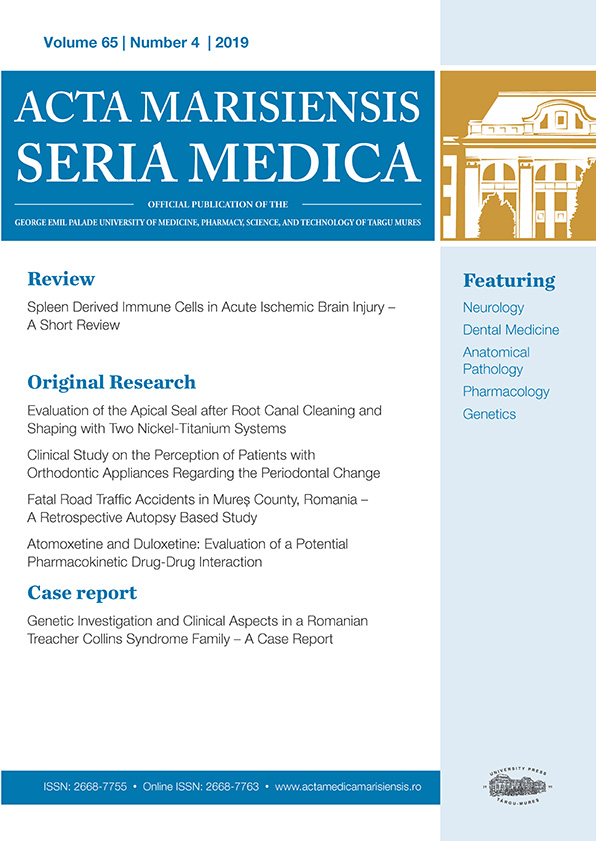The gut-skin axis: investigating gut microbiota dysbiosis in pemphigus and bullous pemphigoid
Abstract
Gut microbiota dysbiosis has been linked with numerous autoimmune disorders and inflammatory skin pathologies. The present study is a narrative review aiming to examine dysregulations in the gut microbiota of patients with pemphigus and bullous pemphigoid, exploring how these alterations may contribute to diseases’ development and/or progression. Significant alterations in the composition of intestinal microbiota were identified in patients with pemphigus and bullous pemphigoid: reduction in short-chain fatty acid-producing bacteria: Faecalibacterium prausnitzii, Lachnospiraceae and Coprococcus spp., which are known for their anti-inflammatory effects, and increased abundance of Escherichia coli, Shigella spp., Klebsiella spp., Bacteroides fragilis and Flavonifractor spp., which are recognized for their pro-inflammatory influences. The composition of gut microbiota might influence the pathogenesis of autoimmune bullous diseases. Modified levels of bacteria could become innovative biomarkers for the detection of high-risk individuals, monitoring disease progression and predicting response to treatment. Furthermore, regulating bacterial levels might have therapeutic effects in diminishing inflammation and disease advancement, potentially serving as future therapeutic strategies.
Copyright (c) 2024 Nicoleta Arnaut, Cristina Nicoleta Ciurea, Anca Cighir

This work is licensed under a Creative Commons Attribution 4.0 International License.









